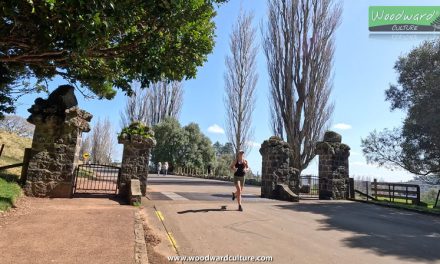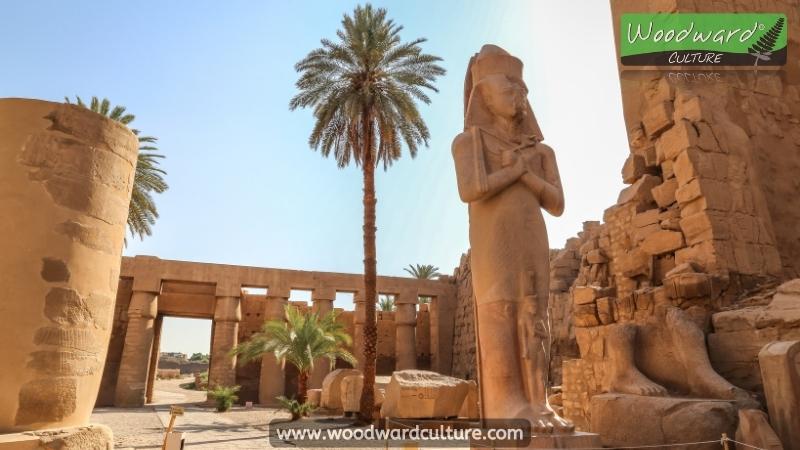
Nestled on the banks of the Nile River, Luxor stands as a living testament to Egypt’s rich history and cultural heritage. Formerly known as Thebes, Luxor served as the capital of Ancient Egypt during the New Kingdom and boasts an array of archaeological treasures that draw tourists from around the globe. Today, Luxor seamlessly blends the ancient with the modern, offering an unparalleled journey through time. As you wander through the city’s bustling streets, the echoes of pharaohs and the grandeur of temples transport you to a bygone era.
Here is a comprehensive guide to help you make the most of your visit to Luxor, ensuring an immersive experience in this open-air museum along the Nile.
What to see in and around Luxor
Luxor is divided into two parts thanks to the Nile River, the older West Bank and the more modern East Bank where the main part of the city is. Most of the hotels, restaurants and where most tourists stay are on the East bank. Some of the most popular tourist attractions in Luxor and surrounding areas include:
Karnak Temple Complex
Karnak Temple, one of the largest temple complexes in the world, stands as a testament to the architectural and artistic achievements of ancient Egypt. Located on the east bank of the Nile River in Luxor, Karnak is a vast open-air museum that represents a significant religious center dedicated to the worship of the Theban triad of Amun, Mut, and Khonsu. Here, every stone tells a story, and each structure unveils the grandeur of a civilization that flourished over 3,000 years ago.
Karnak is not a single temple but a sprawling complex comprising multiple precincts, temples, and shrines built over centuries by various pharaohs. Notable structures include the Precinct of Amun-Re, the Precinct of Mut, and the Precinct of Montu. The main sanctuary, dedicated to Amun-Re, the chief deity, is surrounded by smaller temples dedicated to other gods and goddesses.
The Great Hypostyle Hall within Karnak is an architectural marvel that captures the imagination. Entering this vast hall, you find yourself surrounded by a forest of towering columns, each reaching up to 23 meters in height. The 134 columns, arranged in a grid pattern, support massive stone lintels and create a breathtaking play of light and shadow. The intricate carvings and hieroglyphs that adorn these columns narrate the tales of pharaohs, deities, and the religious ceremonies that once took place within this sacred space. (Photo of the Hypostyle Hall columns below)
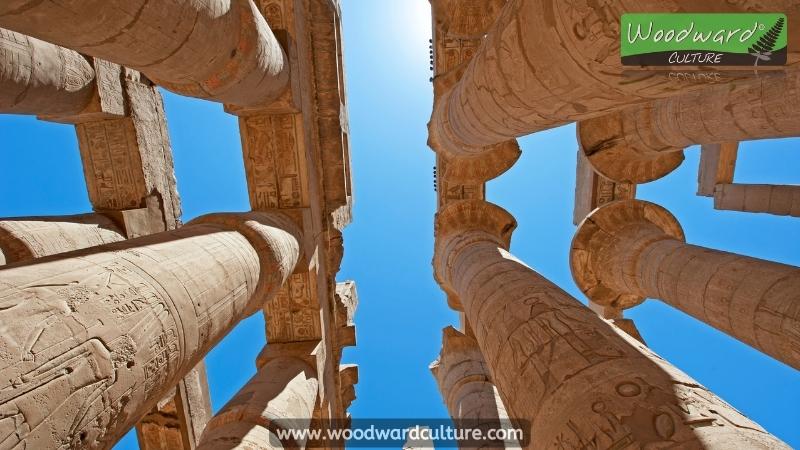
Luxor Temple
Luxor Temple takes on an ethereal quality as the sun sets, becoming a captivating spectacle under the soft glow of lights. The night illuminates the grandeur of the temple, revealing colossal statues, intricately carved reliefs, and towering obelisks dedicated to the pharaohs.
Luxor Temple showcases a harmonious blend of architectural styles, with contributions from various pharaohs spanning different dynasties. The Great Colonnade, built by Amenhotep III and later enhanced by Ramses II, features massive columns adorned with intricate hieroglyphs and carvings. The courtyard, adorned with colossal statues of Ramses II, adds to the temple’s majestic ambiance, providing a glimpse into the power and splendor of ancient Egyptian rulers.
Luxor Temple played a central role in the Opet Festival, symbolizing the divine union between the pharaoh and Amun-Ra. Ongoing archaeological excavations continue to unveil new treasures, making Luxor Temple not just a relic of the past but a living museum where history unfolds against the backdrop of a bustling modern city.
Avenue of Sphinxes
Connecting Karnak Temple with Luxor Temple, the Avenue of Sphinxes is a monumental pathway flanked by rows of sphinx statues. In ancient times, this avenue was used for grand processions during religious festivals, emphasizing the spiritual connection between the two temples.
There are 1,057 statues along the way, divided into three shapes:
- The first shape consists of statues with a lion’s body and a ram’s head between the Karnak Temple and the Precinct of Mut.
- The second shape is of full ram statues.
- The third shape, the largest part of the statues, features Sphinx statues with the body of a lion and the head of a human. These statues extend over a mile to Luxor Temple.
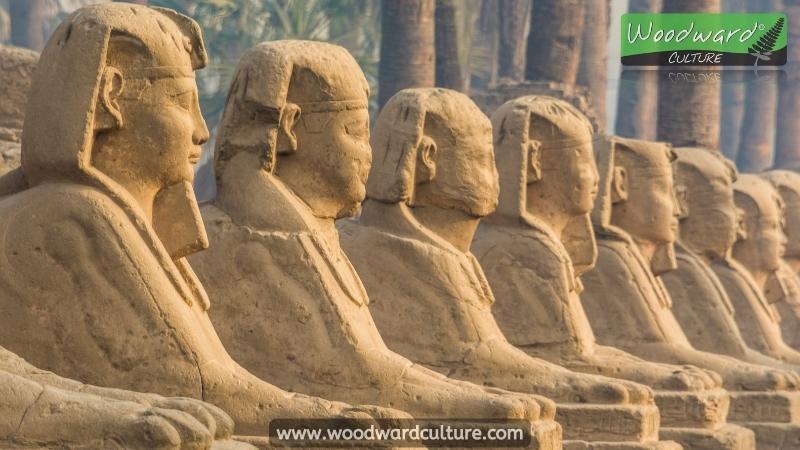
Places to visit near Luxor
Luxor serves as a gateway to a treasure trove of archaeological wonders, captivating landscapes, and cultural experiences. Beyond the city’s iconic temples and historic sites, the surrounding region offers a diverse array of attractions that beckon to be explored. Journey into the West Bank and discover the Valley of the Kings, where the tombs of pharaohs await with their rich tapestry of art and history. Uncover the secrets of the Mortuary Temple of Hatshepsut and witness the towering Colossi of Memnon, standing sentinel against the backdrop of the ancient desert.
Valley of the Kings: Tombs of the Pharaohs
The Valley of the Kings is the final resting place of numerous pharaohs, including Tutankhamun, the young king whose burial chamber held treasures that captivated the world. You will be able to descend into elaborately decorated tombs, each telling a unique story of the afterlife through intricate hieroglyphs and vivid wall paintings.
Hatshepsut’s Temple: The Queen’s Mortuary Temple
Rising from the desert landscape like a terraced masterpiece, Hatshepsut’s Temple is dedicated to the queen-pharaoh Hatshepsut. It provides panoramic views of the surrounding cliffs and the Nile. Explore the colonnaded halls and relive the life and achievements of one of Egypt’s most powerful female rulers.
Colossi of Memnon: Sentinels of a Bygone Era
Greet the sunrise at the Colossi of Memnon, towering statues that once guarded the entrance to the mortuary temple of Amenhotep III. These colossal figures, each standing over 18 meters tall, offer a mesmerizing glimpse into the scale and grandeur of Ancient Egyptian architecture.
The Valley of the Nobles
The Valley of the Nobles, also known as the Tombs of the Nobles, is another significant archaeological site situated on the west bank of the Nile River near Luxor, Egypt. While the Valley of the Kings is renowned for housing the tombs of pharaohs, the Valley of the Nobles is distinguished by its collection of tombs belonging to high-ranking officials, nobles, and other influential individuals of ancient Egypt. These tombs date back to the New Kingdom period, spanning from the 16th to the 11th century BCE.
Luxor Hot Air Balloon Ride
For a unique perspective, take to the skies in a hot air balloon and witness the sunrise over Luxor’s archaeological wonders. Drift above the Valley of the Kings, the Nile River, and the Temple of Hatshepsut, gaining a bird’s eye view of the breathtaking landscapes that have enchanted travelers for centuries.
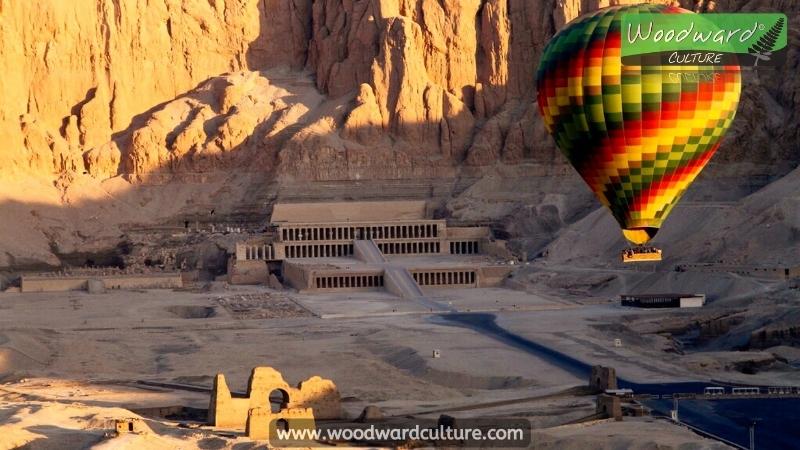
Luxor, with its blend of ancient marvels and modern amenities, invites you to step back in time and experience the grandeur of a civilization that shaped the course of history. Whether you’re an avid history buff, a culture enthusiast, or a curious traveler, Luxor promises an unforgettable journey through the heart of Egypt’s glorious past.



